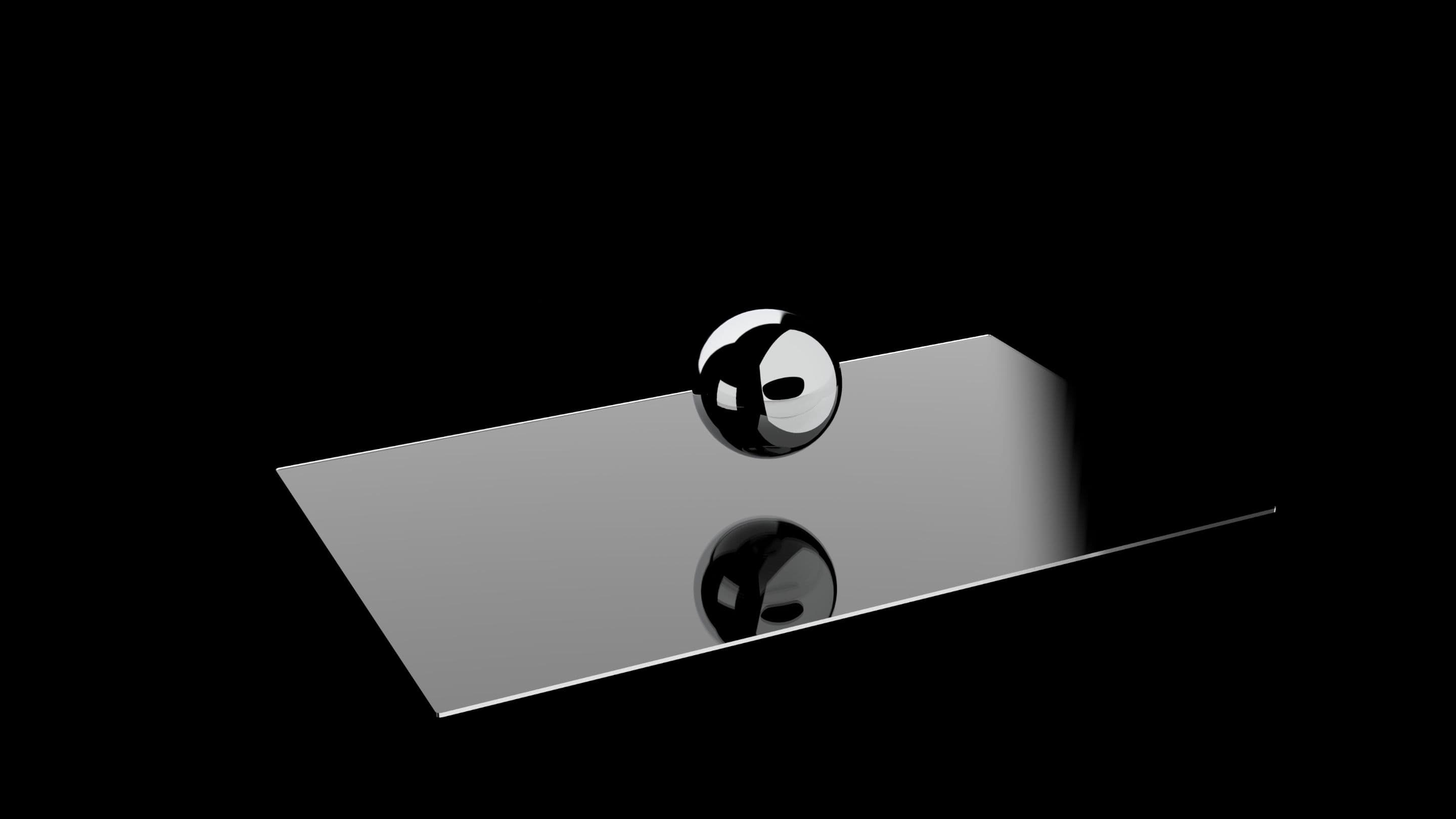Linear thermal expansion is a critical factor to consider in environments with wide temperature requirements. The problem is caused by different [thermal expansion coefficients of the touch screen materials] or the bezel structure.
Basic Knowledge
When the temperature of a substance changes, the energy that is stored in the intermolecular bonds between atoms changes. When the stored energy increases, so does the length of the molecular bonds. As a result, solids typically expand in response to heating and contract on cooling; this dimensional response to temperature change is expressed by its coefficient of thermal expansion (CTE).
Different coefficients of thermal expansion can be defined for a substance depending on whether the expansion is measured by:
- linear thermal expansion (LTE)
- area thermal expansion (ATE)
- volumetric thermal expansion (VTE)
These characteristics are closely related. The volumetric thermal expansion coefficient can be defined for both liquids and solids. The linear thermal expansion can only be defined for solids, and is common in engineering applications.
Some substances expand when cooled, such as freezing water, so they have negative thermal expansion coefficients.
Thermal Expansion Coefficients at 20°C of touch screen and bezel material.
| Materiall | Fractional expansion x 10^-6 | Application |
|---|---|---|
| Glass Substrate | 9 | Touch Screen |
| Borosilicate Glass | 3.3 | Touch Screen |
| Polyester | 65 | Touch Screen |
| Polycarbonate | 6.5 | Touch Screen |
| Steel | 13 | Bezel |
| Aluminium | 24 | Bezel |
| ABS | 7.2 | Bezel |

